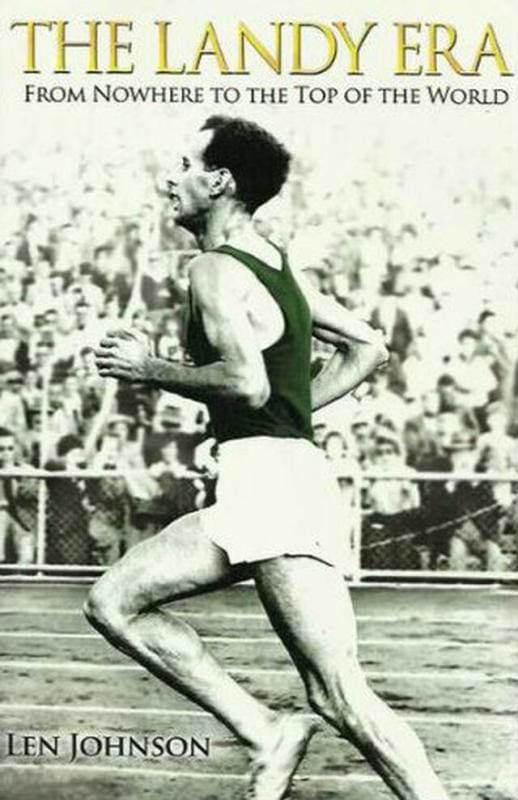In Michael Winner’s 1970 film The Games, four athletes from vastly different backgrounds are trying to win the Olympic marathon.
A (unintentionally humorous?) reference to ‘hitting the wall’ depicts the American runner Scott Reynolds staggering off the course while leading late in the race and running into a wall.
Presumably this coincided with his glycogen stores hitting empty, the experience to which most marathoners are referring when they use the term.
The ‘wall’ made British mainstream media in a Sunday Times report of the Moscow 1980 Olympic marathon. Britain’s trio had a disastrous race: 1974 Commonwealth and European champion Ian Thompson had the ‘flu; Dave Black’s feet were red raw with blisters – both failed to finish.
The third Brit, Bernie Ford, ‘hit the wall’, staggering off the course late in the race. Reporting on the British runners’ sad fates, The Times commented that Ford “got dizzy, ran off the road and hit a wall.”
Well, I’m sure it felt like that, too. These days, however, the wall is pretty well non-existent, demolished by the combination of increased training mileage, glycogen replacement gels and drinks and – yes – the shoes. Thousands of recreational runners may disagree, but disaster at the sharp end of marathon fields is more likely to be a result of shattered expectations than depleted muscles.

The wall may be gone but a new obstacle has emerged in its place, for Olympic marathoners anyway. Let’s call it the universality wall in homage to the universality athletes parachuted into the Paris24 marathon fields. Ten or so runners who assumed they would make the Paris men’s race as next-best to the 70-or-so automatic qualifiers instead got dizzy, ran off the road and hit the universality wall.
Before going further, we should note there are also universality runners in the women’s marathon. But there are also 88 women – eight more than the target number – who have secured a place via the big-Q, so no next-bests to displace.
US Trials third placegetter Leonard Korir is one of those who, as it stands on 17 May, is now not going to get a run. Australia’s Liam Adams is in the same boat. Apparently there is a fair bit of toing and froing between various national federations and World Athletics which could lead to a solution favourable to the affected athletes, but appearance and reality are not always the same thing.
Eleven athletes have been added to the Paris men’s field as universality places. Presumably then any solution would apply to all of the 11 athletes they displaced. That would be the commonsense result anyway, and we know what they say about common sense.
How this all came about is another matter. First thing to note is that universality is one of the traditional vestiges of the Olympic Games, an embodiment of the closing ceremony call from the host city for the youth of the world to assemble four years hence in the next host city.
In line with that is the notion that each National Olympic Committee has the right to be represented at each Olympic Games. Thus, the universality clauses. As expressed in the World Athletics explainer to the qualification system for Paris: “A NOC with no male or female qualified athlete or relay team will be allowed to enter their best ranked male athlete or best ranked female athlete” . . . so far, so not so bad. But then, “in either the 100 metres, 800 metres or marathon.”
So, the universality clause has been hiding there in plain sight all along.
The IOC goes a little further in extending the generosity of the universality system to any NOC which has sent fewer than eight athletes to the past two Olympic Games. Seemingly, though, it leaves it to the International Federations to determine to which events the universality places can apply.
That makes sense too. The pole vault, for instance, is not the event for enthusiastic first-timers. Likewise the multi-events and maybe the throws. But it’s hard to see why the 100 and 800 and not the 1500 and long jump, say. And implausible how 11 universality athletes could wind up in one event. Double so when it’s already determined only three can get into the 800.
What seemed like a clever compromise between times and competitive performances in the marathon has been reduced effectively to taking the auto qualifiers only plus the universalities. Unfairly, athletes who thought they were in the men’s marathon field from the cut-off date on 30 January now find out four months later that they’re out. It’s not even a proportionate impact: 11 universalities out of 80 in the men’s marathon, three out of 48 in the 800.
In the alphabet soup system of Paris24 qualifying Qs float freely as do Rs in most events. But in the marathon, 100 metres and 800 the Rs are at risk of being swallowed up by Us.
You’d probably rather stagger off the road and run into a wall.